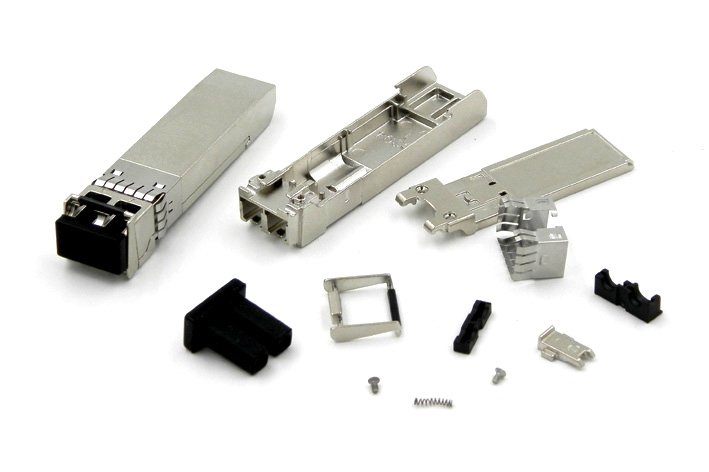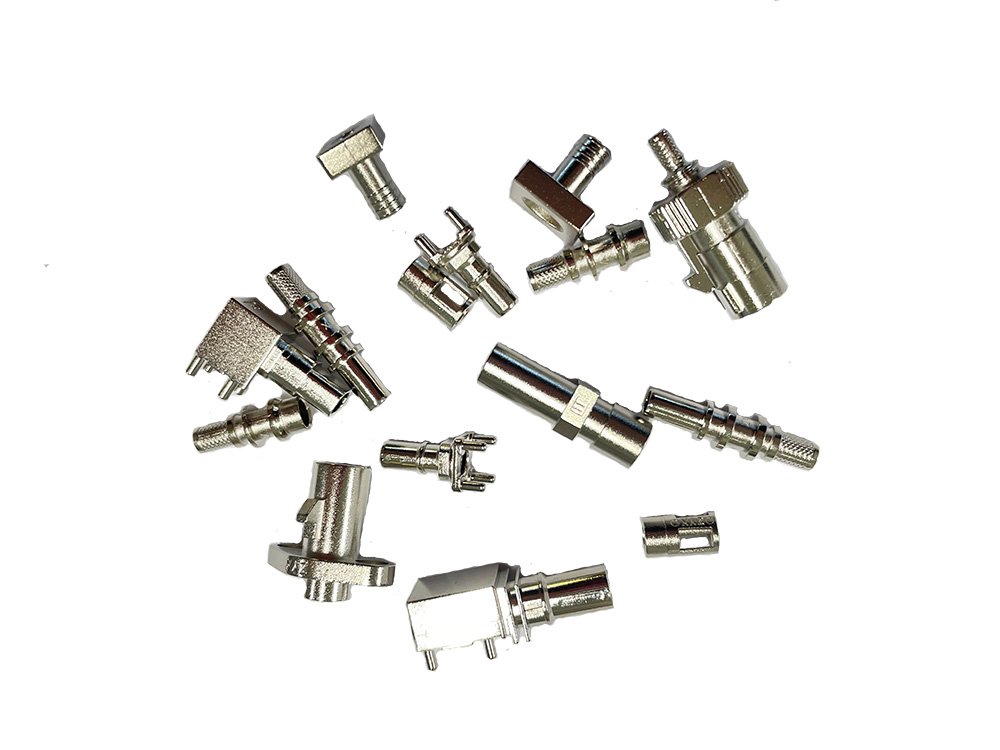Die casting is a widely used manufacturing process for producing intricate and complex metal parts. It is especially suitable for mass production, offering high precision and excellent surface finish. In the field of fiber optics, die casting plays a crucial role in the production of fiber optical connector.
fiber optical connector

Fiber optical connectors are essential components in the telecommunications and data communication industries. They provide a means to connect fiber optic cables, ensuring efficient and reliable transmission of data and signals. Die casting is the preferred method for manufacturing these connectors due to its ability to produce intricate shapes and maintain tight tolerances.
The die casting process begins with the design and creation of a mold, known as a die. The die is made of steel and consists of two halves, the “cover” and “ejector.” Molten metal, typically aluminum or zinc alloy, is injected into the die under high pressure. The metal fills the cavity of the die, taking the shape of the connector.
Once the metal solidifies, the die is opened, and the connector is ejected. The resulting connector has a smooth surface finish and precise dimensions, ensuring a perfect fit when connecting fiber optic cables. Die casting allows for the production of connectors with complex features, such as multiple ports or specialized locking mechanisms.
The advantages of die casting for fiber optical connector are numerous. It offers high production efficiency, allowing for large quantities to be produced in a short period. The process also ensures dimensional accuracy and repeatability, crucial for maintaining the performance and reliability of fiber optic systems.
In conclusion, die casting is a vital craft in the manufacturing of fiber optical connector. Its ability to produce intricate shapes, maintain tight tolerances, and offer high production efficiency makes it the preferred method for producing these essential components in the telecommunications and data communication industries.


